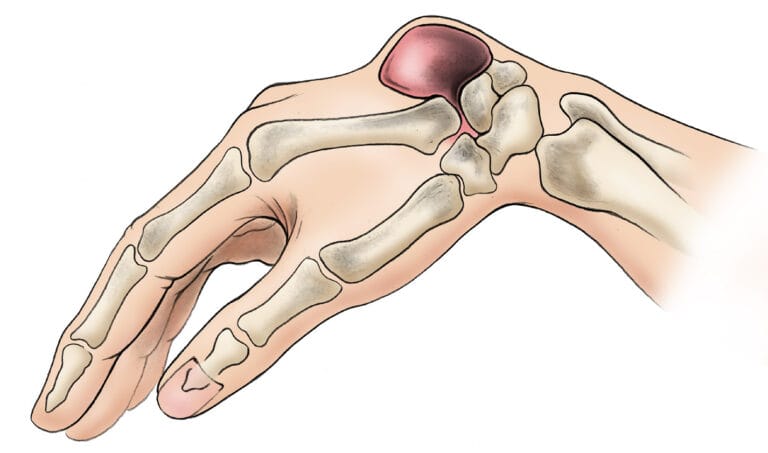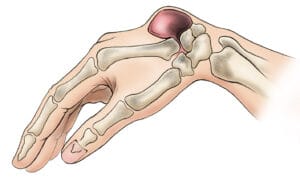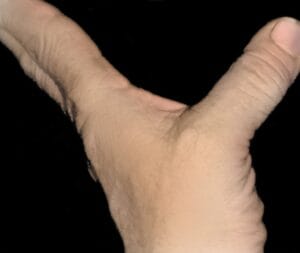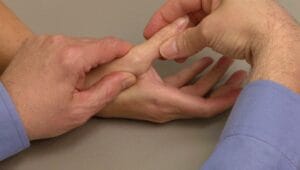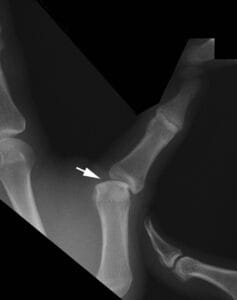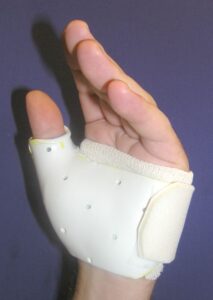A thumb ligament injury occurs when the ligaments that stabilize the thumb are overstretched or torn due to excessive force. This type of injury typically happens when the thumb is forcefully bent backward, away from the palm, often as a result of falling onto an extended hand.
The most frequently affected ligament in thumb injuries is the ulnar collateral ligament (UCL), which is situated on the inner side of the joint where the thumb connects to the palm. Damage to this ligament can lead to pain, instability, and a loose sensation in the thumb, potentially impairing the ability to grip or pinch objects effectively.
Treatment often includes immobilizing the thumb with a splint or cast to allow the ligament to heal. In cases of severe ligament tears or complete ruptures, surgical intervention may be required to restore the joint’s stability.
Description
Ligaments are robust, fibrous tissues that connect bones to other bones, providing stability while allowing for movement within the joints. In the thumb, these ligaments play a crucial role in maintaining proper bone alignment and joint function.
A sprain occurs when a ligament is stretched beyond its normal range, potentially causing small, incomplete tears in its fibers, known as partial-thickness tears. Although these tears do not sever the ligament completely, they can still result in pain and dysfunction.

